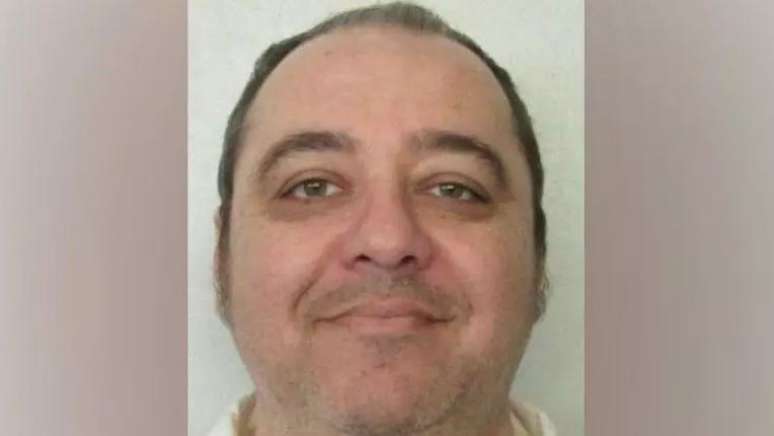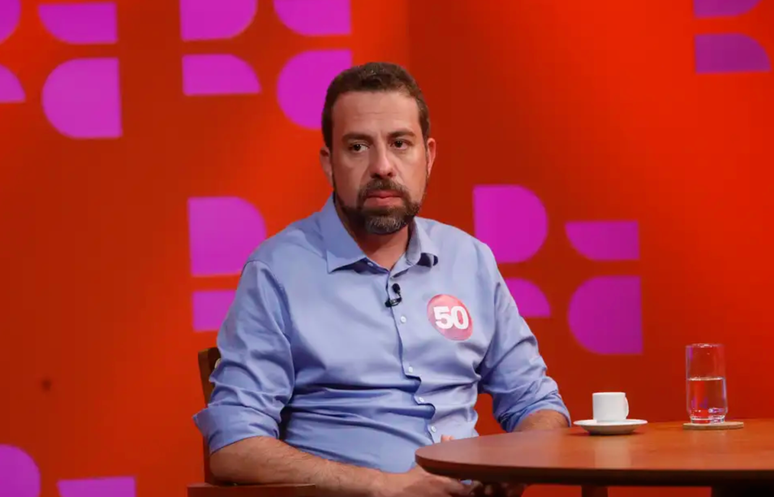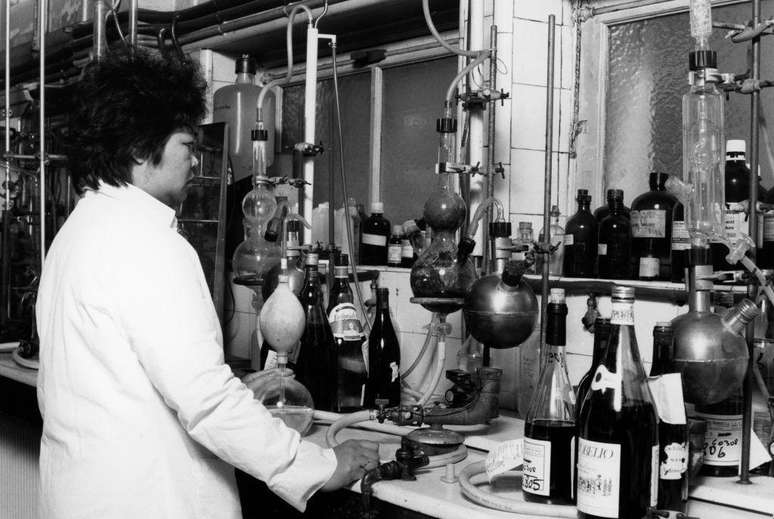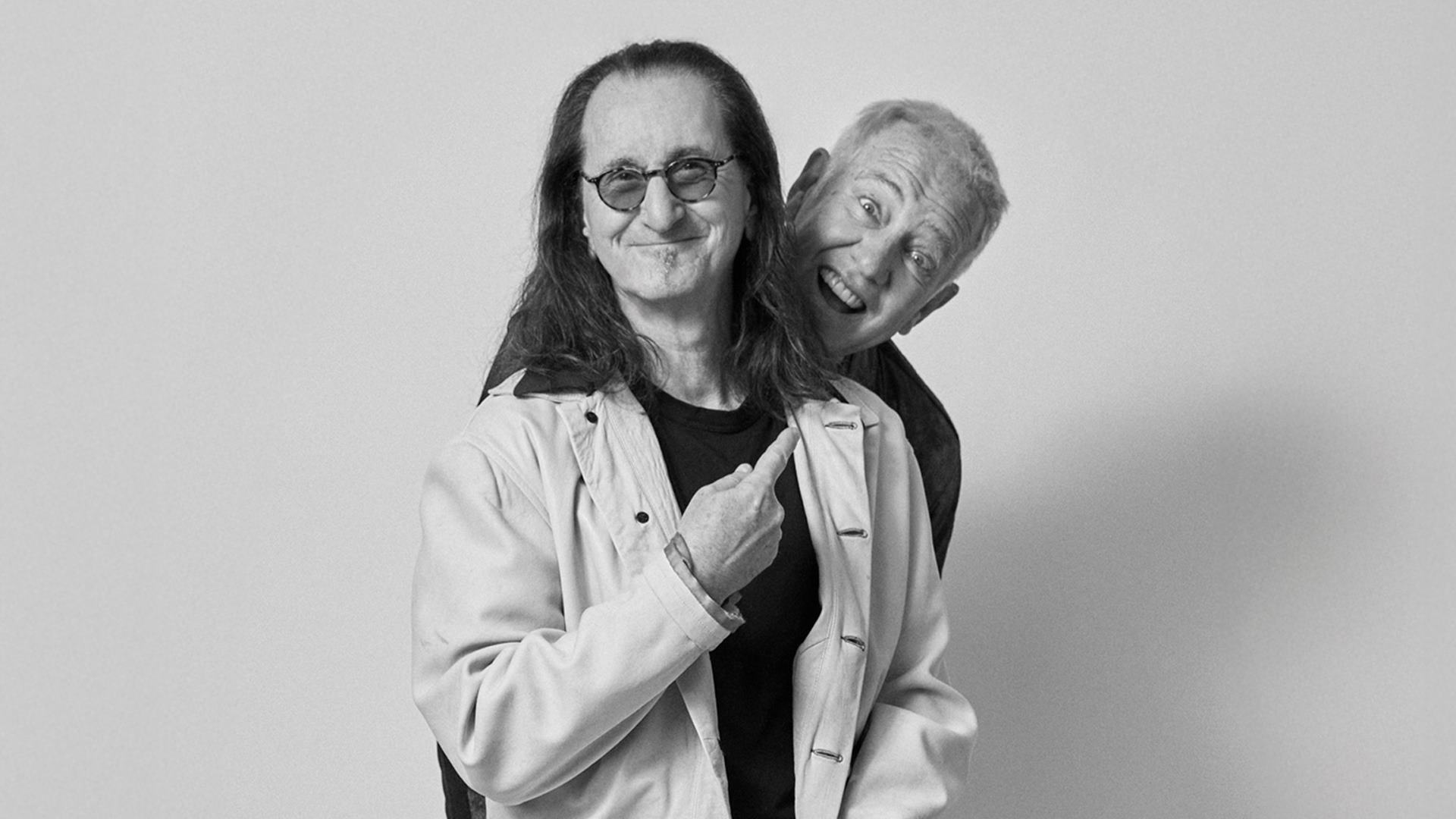According to witnesses, a mask was placed on Smith’s face so he could inhale pure nitrogen.
The state of Alabama, in the United States, executed on Thursday the 25th the inmate Kenneth Eugene Smith, 58, by asphyxiation with nitrogen gas: an unprecedented method that sparked disagreement as it was classified as torture.
The case paved the way for the use of a controversial new execution method that the United Nations considers “cruel, inhuman and degrading.” This controversial method works by depriving the body of oxygen through breathing pure nitrogen.
The Australian doctor Philip Nitschke, a specialist in nitrogen asphyxia for euthanasia, spoke about it Fantastic. He visited Kenneth Smith, the man executed last Thursday, in the prison and examined the facilities. He spoke out against the execution.
“They also put the mask used to apply nitrogen on me and then I went to testify in court. Nitrogen asphyxiation cannot be used during an execution because the person may struggle and resist. For people sentenced to death, I think it should be abandoned,” she says.
According to Pastor Jeff Hood, who witnessed the execution and gave last rites to the criminal.
“It was a horror movie. He looked like a fish out of water. He was shaking up and down and his face was turning blue and red. I just thought: my God, when will all this end? I had nightmares for a long time because of what I saw,” says the reverend.
Dr. Nitshcke said one of the problems in Alabama was the use of an inadequate mask, which could have had serious consequences if it didn’t work.
“Smith held his breath so that nitrogen wouldn’t enter his lungs. This slowed down the process. He had seizures and spasms as his brain received less oxygen, which left viewers very upset,” he explains.
The UN denounces possible torture
The UN has expressed serious concerns about this case through its Human Rights Office. The body has asked the state of Alabama to stay Smith’s execution, believing it could involve torture.
“We are concerned that executing Smith under these circumstances would violate the prohibition on torture or other cruel, inhuman or degrading treatment or punishment, as well as his (a convicted person’s) right to effective remedies,” said Ravina Shamdasani, spokeswoman for the ‘Office. of human rights.
Kenneth Smith executed
Smith, convicted of murder, was declared dead at 8.25pm (local time), according to news agency information AP. The execution lasted about 22 minutes and some people were allowed to witness the prisoner’s death.
According to witnesses, a mask was placed on Smith’s face so he could inhale pure nitrogen, which resulted in his death from lack of oxygen. During the execution he appeared conscious for several minutes. For at least two minutes he appeared to tremble and writhe on the stretcher. Then he began to breathe deeply, until his breathing was no longer noticeable.
“Tonight, Alabama makes humanity take a step back,” Smith said in a closing statement. “I leave with love, peace and light,” she added. He also made the “I love you” sign with his hands towards the family members present. “Thank you for supporting me. I love you all,” she said.
After the inmate’s death, Alabama Governor Kay Ivey said the execution was justice. “After more than 30 years and attempts to manipulate the system, Mr. Smith has been held accountable for his horrendous crimes,” she said.
Mike Sennett, the son of Elizabeth Sennett, a woman murdered in 1988 with Smith’s participation, also spoke: “Nothing that happened here today is going to bring mama back. We’re not going to jump around and scream alive. I’ll conclude saying that Elizabeth Dorlene Sennett will get justice tonight.
The execution
Smith’s execution by nitrogen gas asphyxiation has become a controversy in Alabama in recent weeks. The United Nations High Commissioner for Human Rights said the never-before-used method could amount to torture and called for the plan to be abandoned. Doctors and activists have also warned of the risk of consequences, such as convulsions and even survival in a vegetative state.
The state of Alabama predicted that nitrogen would cause an inmate to lose consciousness within seconds and die within minutes. When asked about Smith’s tremors on the gurney, Alabama Corrections Commissioner John Q. Hamm said they appeared to be involuntary movements. “All of this was expected and was in the side effects that we saw or looked for with nitrogen hypoxia. Nothing was out of the ordinary compared to what we expected,” Hamm said.
Smith’s spiritual advisor, the Rev. Jeff Hood, who also attended, said the execution did not live up to expectations. “We didn’t see anyone lose consciousness in 30 seconds. What we saw were minutes of someone fighting for their life,” the consultant commented.
Before his death, Smith met with family members and his spiritual advisor. He ate a last meal of steak, hash browns, toast and eggs covered in steak sauce.
Appeal rejected
On Wednesday the 24th the United States Supreme Court rejected Smith’s request to stay the execution. The justices refused to hear his legal challenge that a second attempt to execute Alabama – after the first had caused him severe trauma – would violate the US Constitution’s Eighth Amendment protections against cruel and unusual punishment . No judge publicly disagreed with the decision.
The first attempt to execute Smith occurred in November 2022. At the time, officers were unable to do so due to the difficulty of injecting a lethal mixture of chemicals into his vein within the allotted time to carry out the sentence.
Smith was convicted in 1989 of killing a pastor’s wife, Elizabeth Sennett, who was stabbed and beaten. He and his accomplice were hired by the victim’s husband, Charles Sennett. In 1996, a jury recommended Smith serve life in prison without release, but the judge decided to sentence him to death.
Source: Terra
Rose James is a Gossipify movie and series reviewer known for her in-depth analysis and unique perspective on the latest releases. With a background in film studies, she provides engaging and informative reviews, and keeps readers up to date with industry trends and emerging talents.







